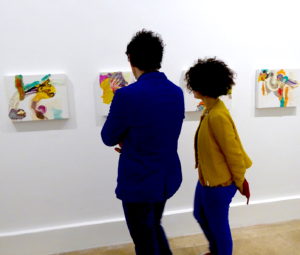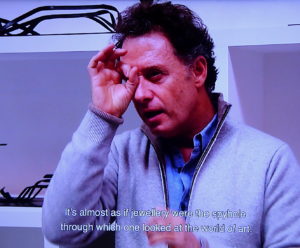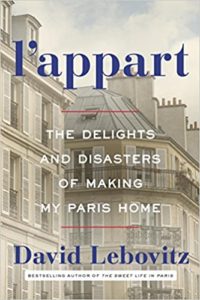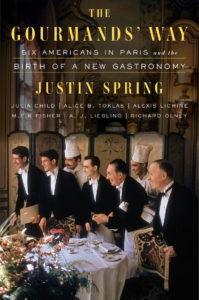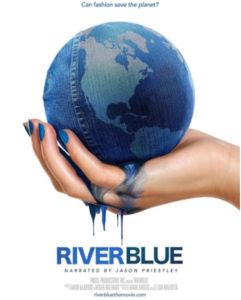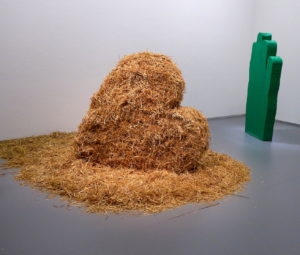
Paris’ Centre Pompidou hosts a sampling of work by American artist Jim Dine (until April 23). The title of the exhibition —translated as Paris recognition or gratitude— reflects the artist’s love for the city he has been visiting since the sixties. He maintains an art studio in Montrouge. The exhibition consists of 28 works that make up a recent donation by the artist to Paris Musée National d’Art Moderne. A gift he says to repay his “personal and cultural debt” to France. Over the past years Dine has also donated selections of his art to museums across Europe and the US, including the British Museum, the Albertina in Vienna, the Museum of Fine Arts in Boston and the San Francisco Museum of Modern Art. Continue reading “Jim Dine Paris Reconnaissance”


